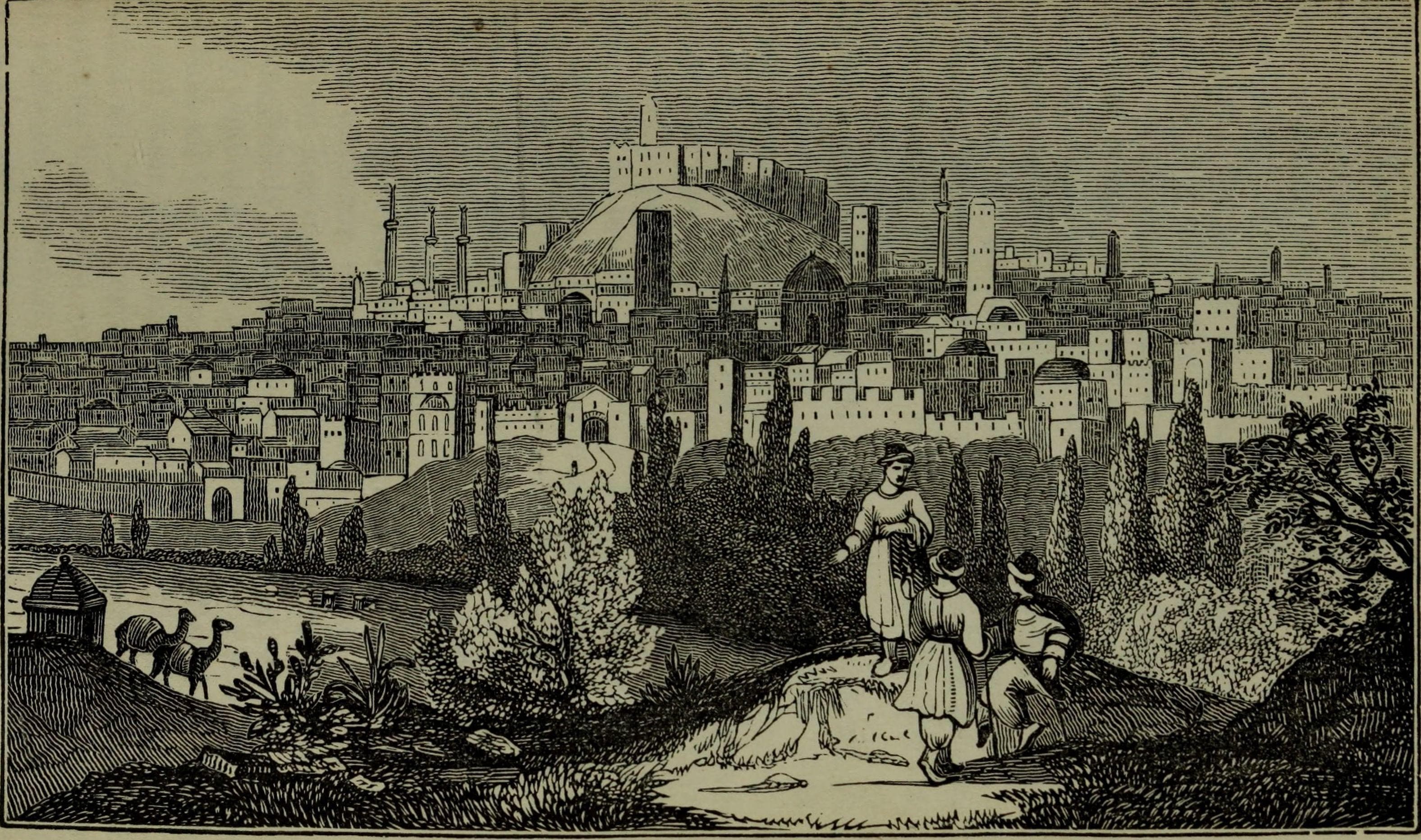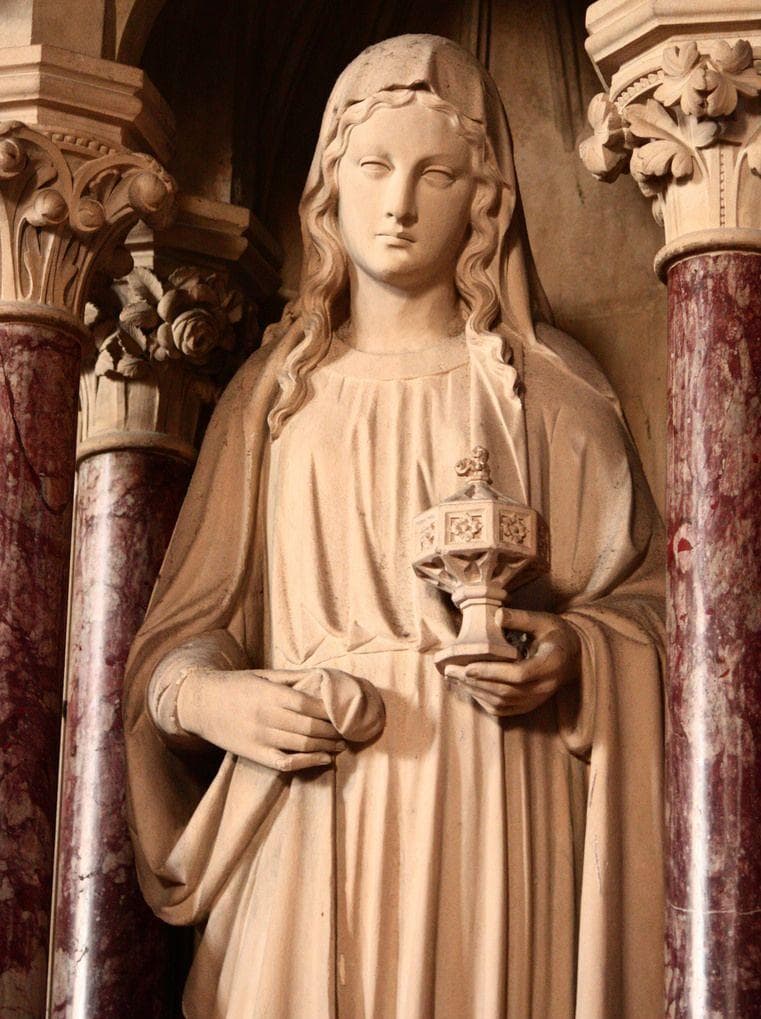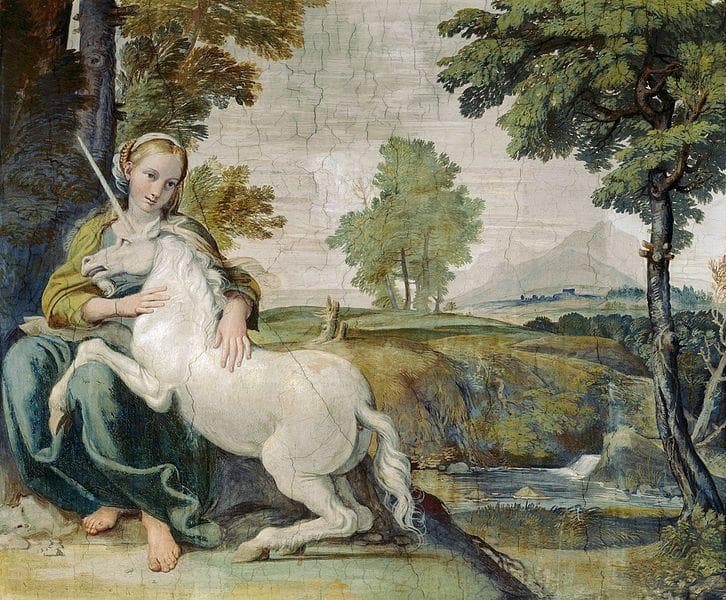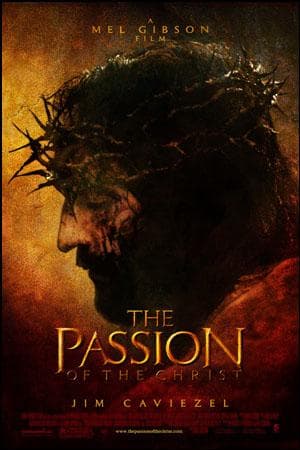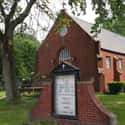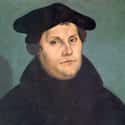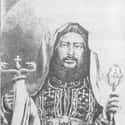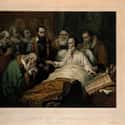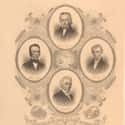-
(#4) Methodist Churches
When It Arose: Like the Baptists, the Methodist Church splintered off from the Anglican Church. It began properly in 1738, when the Anglican minister John Wesley had a vision that transformed his faith.
Leading Figure: The church was started by John Wesley, an Anglican minister whose methodical study of the Bible gave the church its name.
Defining Beliefs: The Methodists have, from their inception, believed in the importance of good works and personal responsibility. As a result, Methodists have historically been involved in charitable projects and avoided alcohol. Methodists, unlike some other sects, believe in both original sin and universal salvation.
Unique Practices: Methodists are a powerfully evangelical branch, active in charity, politics, and the business sector. Their services are distinguished by a focus on hymns and singing, one of Wesley's favorite forms of worship.
Notable Members: George W. Bush, Beyonce Knowles, Christopher Walken, Hillary Clinton, Rosa Parks
-
(#3) Lutheran Churches
When It Arose: Lutherans are the oldest branch of Protestantism, dating all the way back to the original teachings of Martin Luther, who nailed 95 theses to the door of the church in 1517.
Leading Figure: This branch follows Martin Luther, the theologian who originally rebelled against the hegemony of the Catholic Church. Luther's core idea was that individuals should be trusted to find their own salvation in the Bible, rather than trusting corrupt priests.
Defining Beliefs: Despite his rebellion from the church, Luther was a strict and conservative theologian. He clung to a strict, literal, and inerrant view of the Bible, which led him to teach that Jesus's body and blood are literally present during communion. He also believed baptism was absolutely necessary for salvation.
Unique Practices: Unlike most other Protestant denominations, Lutherans maintain many of the practices of Catholicism, including the altars and vestments. Their focus on the sacraments of communion and baptism also sets them apart.
Notable Members: Johann Sebastian Bach, David Letterman, Bruce Willis, Dana Carvey
-
(#7) African-Initiated Churches
When It Arose: Like the Evangelical churches, the African-Initiated Churches (AIC) are a loose coalition of interrelated churches and have no fixed origin. Some sources place the date of formation around 1870.
Defining Beliefs: Most of these churches are syncretic, which is to say they fold native African beliefs into the Christian Church. One of the strongest threads holding the AIC churches together is their rejection and persecution of witchcraft, the extent of which some scholars have dubbed it the "Witchcraft Eradication Movement."
Unique Practices: Because of this emphasis on witchcraft, exorcisms play a much bigger role in AIC church life than other Protestant denominations. While they believe in and venerate the godhood of Jesus Christ, their worship services tend to focus more on the Holy Spirit.
-
(#9) Anabaptist Churches
When It Arose: The Anabaptists arose in the heart of what is now Switzerland and were one of the earliest offshoots of Protestantism. It arose around 1522, when a few powerful religious thinkers broke with Martin Luther on a number of important theological points.
Leading Figure: Conrad Grebel was a theologian who at first supported Martin Luther, but grew disappointed with the development of the Protestant faith. He was among the first to perform a second baptism, thereby giving the group its name: the Anabaptists, which means "baptized again."
Defining Beliefs: In the beginning, the Anabaptists were defined by their belief that infant baptism is unscriptural. They were also unique in their complete rejection of the Old Testament, wanting to base the entire theology only on the New Testament.
Unique Practices: The second baptism was the Anabaptist's original unique practice, but it has become commonplace among different offshoots of the faith. The early Anabaptists were also known for their asceticism and communism.
Notable Members: While there were many famous Anabaptists of previous eras, such as Jan van Leiden and Felix Manz, there are no longer many public figures who openly identify as Anabaptist.
-
(#5) Calvinist Churches
When It Arose: Calvinism began with the writings of John Calvin who worked until the end of his life in 1564. Calvinism grew after the scholar's demise, and eventually it became one of the largest Christian denominations.
Leading Figure: This branch is named after John Calvin, who spent much of his life codifying the tenets of the faith.
Defining Beliefs: Calvinism's most contentious belief is predestination. This belief states that God selected those who would be saved long before the creation of the world. Technically speaking, this belief was common at the time, but Calvin made it a centerpiece of his writing, and Calvinists have clung to it throughout the centuries while other denominations abandoned it.
Unique Practices: In terms of worship, Calvin believed in reducing the clutter of traditional mass and bringing worship back to a simple glorification of God.
-
(#14) Restoration Churches
When It Arose: The "Restoration Movement" reached its peak in the early 1800s, when six different churches arrived at the same ideas, completely independent of each other.
Leading Figure: The founders of the Restoration Movement are generally considered to be the leaders of the six original Restoration churches: James O'Kelly, Abner Jones, Elias Smith, Barton W. Stone, Alexander and Thomas Campbell, and the various leaders of the Scotch Baptist Movement.
Defining Beliefs: Members of the Restoration Churches see themselves as returning to the original New Testament faith. This faith in the New Testament church defines them.
Unique Practices: The Restoration movement posits four things that are necessary to remain a Christian: prayer, Bible study, worship, and faithfulness.
New Random Displays Display All By Ranking
About This Tool
There are many religions in the world. Christianity, as one of the world's three major religions, is divided into three major schools, namely Catholicism, Protestantism, and Eastern Orthodox. Including the new sects that broke away from Catholicism in the European Reformation Movement in the 16th century: Lutheran, Calvinist, Anglican, and more branches that have been continuously divided from these sects. Different Protestant branches differ in etiquette, priesthood, organizational structure, and festivals, and sometimes internal disputes arise.
Although the Catholic Church does not recognize the pope status of the Roman bishop, the Protestant Church still has a great influence. Protestants are mainly distributed in Britain, Germany, Switzerland, the five Nordic countries, Canada, Australia, and other countries. The random tool introduced 14 major differences among the branches of Protestantism.
Our data comes from Ranker, If you want to participate in the ranking of items displayed on this page, please click here.



